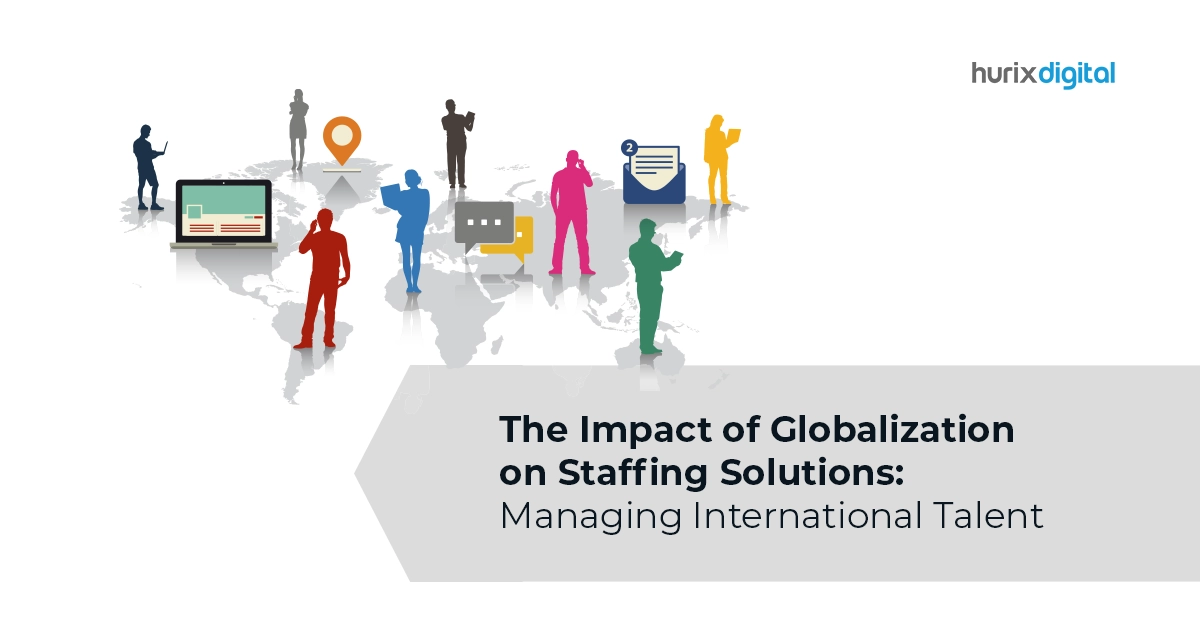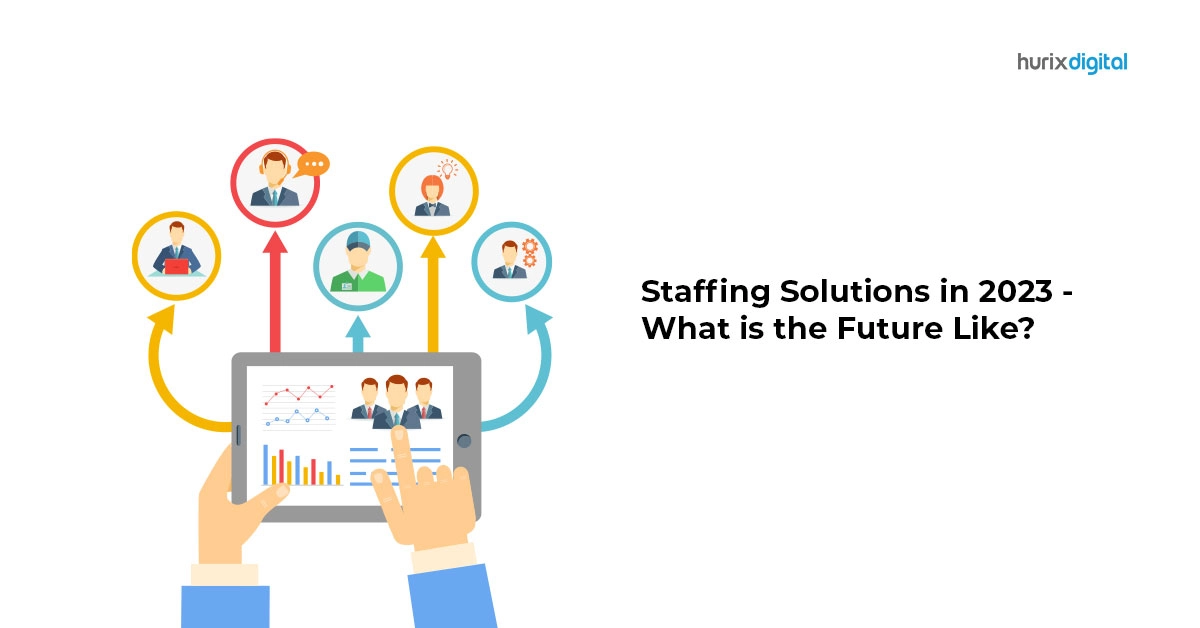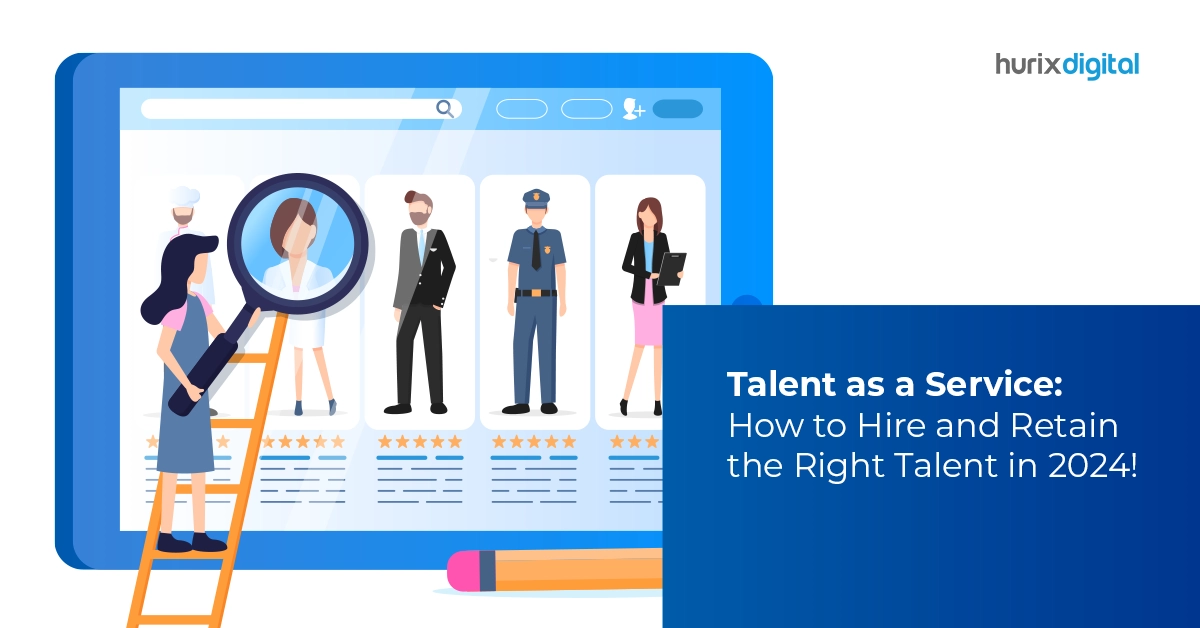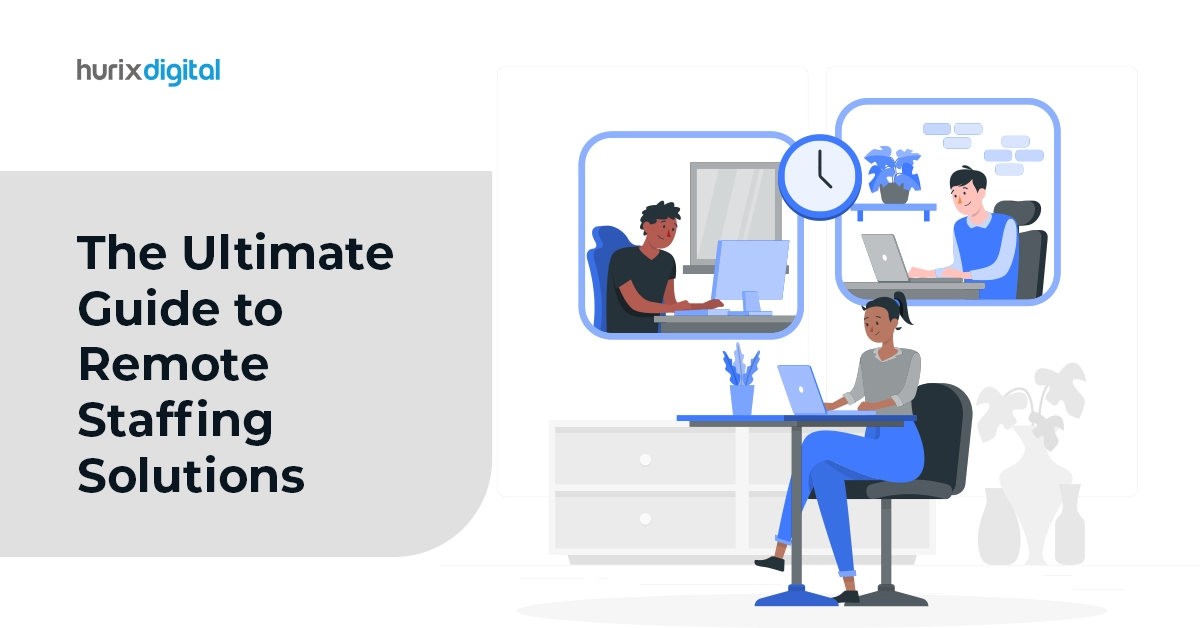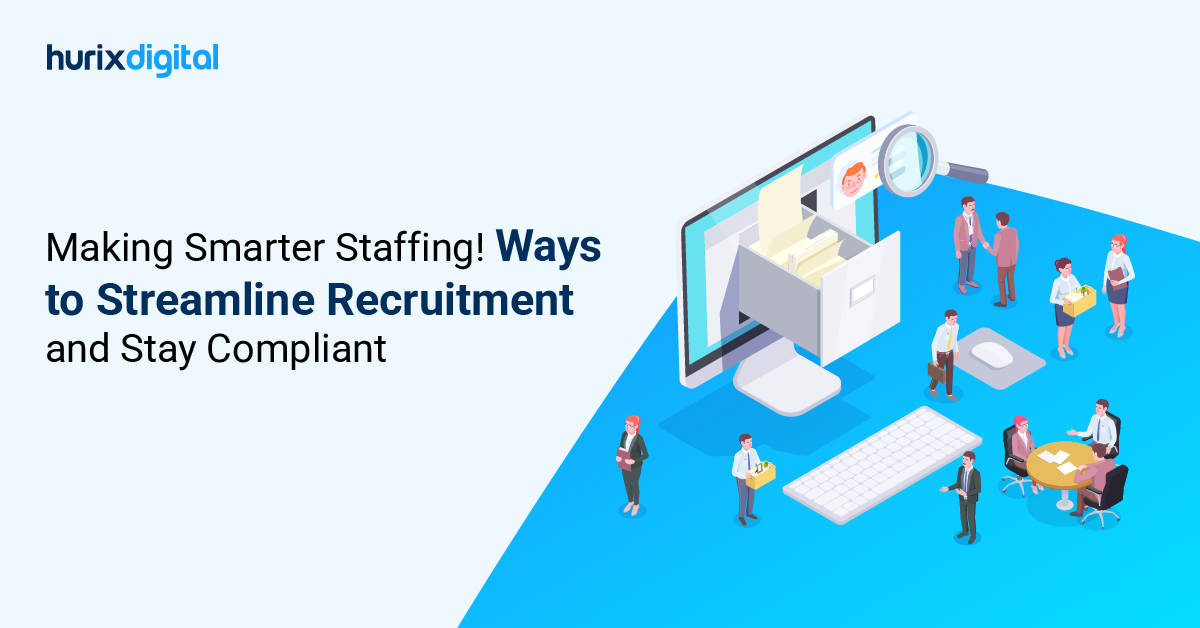
Smarter Staffing Services – Ways to Streamline Recruitment and Stay Compliant
The Great Resignation has been among the most impactful economic trends that affect how businesses hire candidates. Battling the various complications brought about by the COVID-19 pandemic and the high proportion of job vacancies to lower unemployment, it’s becoming increasingly essential for businesses to streamline their staffing processes with fluid staffing services organizations.
The recruitment process is among the key aspects that dictate whether or not a candidate is willing to work with the organization and how long they stay once hired. However, it’s also among the most sidelined aspects, as organizations often focus on using monetary benefits and the promise of a healthy company culture to retain employees.
Staffing strategies have, therefore, been a subject of constant discussion across businesses worldwide, but not every business manages to get them right. Only those who manage to hire the best talent can help them exceed the goals they set out for their organizations in the long term.
In this guide, we discuss various staffing solutions you can implement to streamline your recruitment process and ensure greater employee retention.
Table of Contents:
- Seven Ways to Implement an Effective Recruitment Process
- The Best Staffing Strategies For Your Business
- What are the Key Areas of Legal Compliance in Staffing Services?
- Mitigating Risks and Ensuring Compliance
- Impact of Staffing Efficiency on the Staff
- Wrapping Up
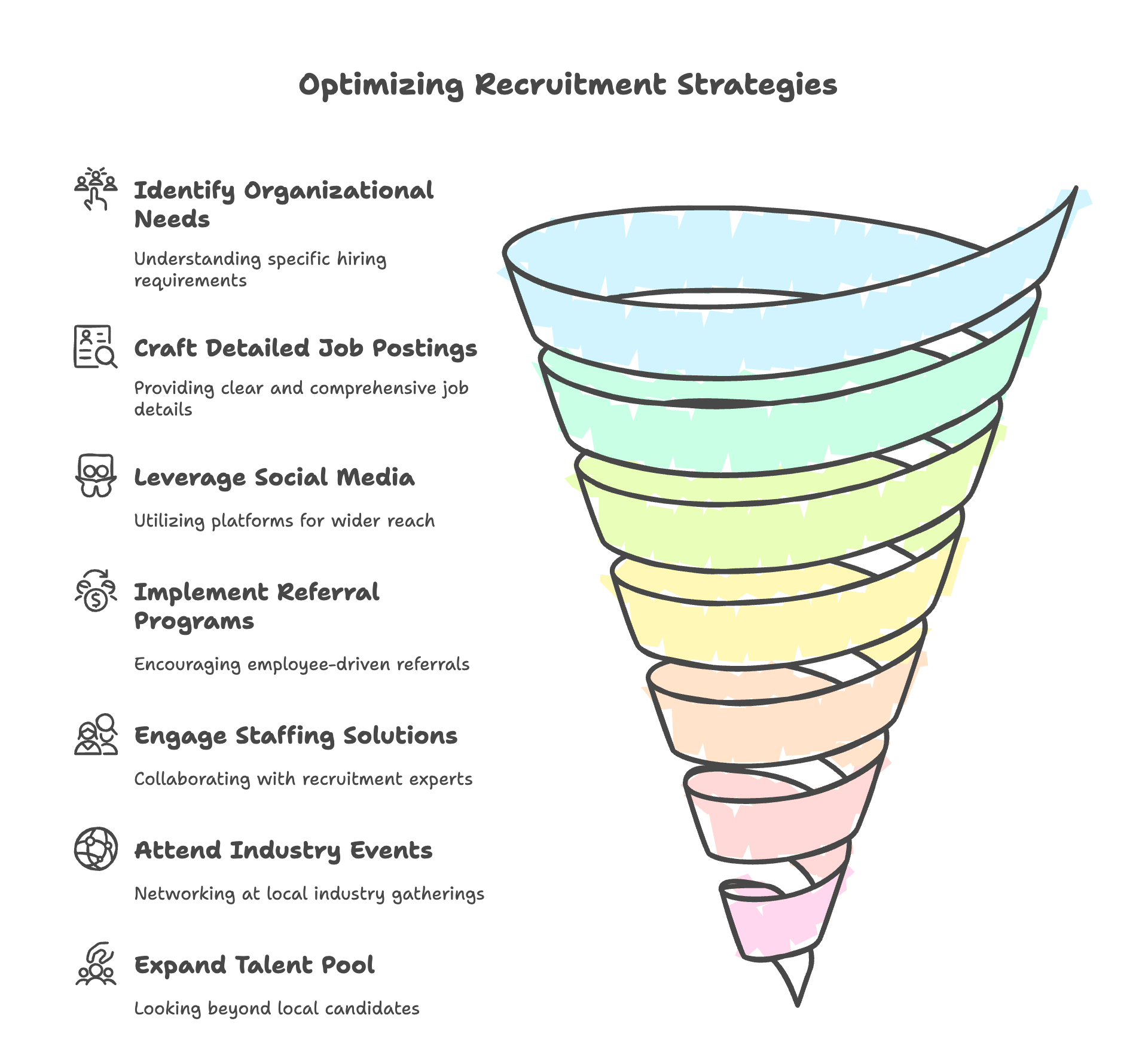
Seven Ways to Implement an Effective Recruitment Process
We take you through seven strategies that can help you streamline your recruitment process, regardless of which industry you’re a part of.
1. Understand your Organization’s Needs
This is among the most important steps organizations fail to take when hiring candidates. Hiring is an expensive and time-consuming process. According to a Glassdoor study, hiring a candidate costs an average of $4000.
As a result, businesses must take the time to understand what positions they need to fill and what skill gaps they’re dealing with before hiring candidates. Additionally, while skills are a key metric influencing hiring decisions, your company’s values, culture, and long-term goals must also play a key role here.
2. Provide Detailed Information in Every Job Posting
When listing a job on your company’s Careers page, you must provide all the relevant information potential candidates will need to know before applying. For one, this makes filtering through applications more effortless, as only those candidates with the most relevant skills will apply.
Secondly, a detailed job posting informs potential candidates of the role’s demands, skills they need to possess, and any other crucial information. With easy access to AI-based solutions, tools like chatbots can be a great way to clarify any doubts candidates may have about an opening.
3. Make Use of Social Media
Gone are the days when businesses could get away with finding the best candidates solely from job listings on their websites. Today, social media penetration has made it a key medium to advertise vacancies in your organization. Another study by Glassdoor states that almost 79% of job seekers rely on social media as one of the many ways of finding jobs.
Social media can also be used to promote your company’s projects, its values, and the various members of your team. It can help build a positive image of your company’s culture, which can attract more candidates all year round, not just when you have vacancies.
4. Employee Referral Programs Can Go a Long Way
Organizations often look outside when hiring candidates. They fail to realize that their employees and networks can be tremendously useful resources. This is simply because employees tend to network with others in the same industry or even in other not-so-similar niches and are thus also aware of when someone might be searching for a job.
Offering monetary compensation to employees for referring potential candidates to fill vacancies can be a great way to fill staff gaps and diversify your talent pool significantly.
5. Hire a Staffing Solutions Company
Quality staffing solutions from a reputed company can be a great way to recruit candidates for your organization. These staffing agencies act as middlemen between candidates and an organization with vacancies, and they tend to have a large pool of diverse job seekers.
Once you share your requirements with these agencies, they can find the right candidates to fill the role, and they typically charge a portion of the candidate’s salary as compensation. These can be great solutions to hiring candidates for permanent or temporary positions. Still, you must always do your due diligence to ensure this is the right way forward for your organization.
6. Attend Industry-Related Events Organized in Your Locality
Industry-specific events can be a great place for organizations to find vast pools of talent they can reach out to when looking to fill in a vacancy. Events like these offer great insights to organizations and individuals and are heavily attended by the big players in a given sector.
Job seekers attend these events to gain valuable insights into industry trends, understand the skills necessary to succeed in their niches, and reach out to organizations that may be looking to hire candidates.
7. Look Beyond Your Local Talent Pool
Lastly, organizations can also look beyond their local talent pool to hire candidates from other parts of the world. The COVID-19 pandemic has significantly boosted the work-from-home culture, and employees globally are now increasingly looking for jobs that offer them the flexibility of working remotely or, at the very least, in a hybrid system.
Opening yourself up to candidates from around the world can be a great way of diversifying your talent pool, so you will no longer have to rely on a small set of applicants in a localized geographical area.
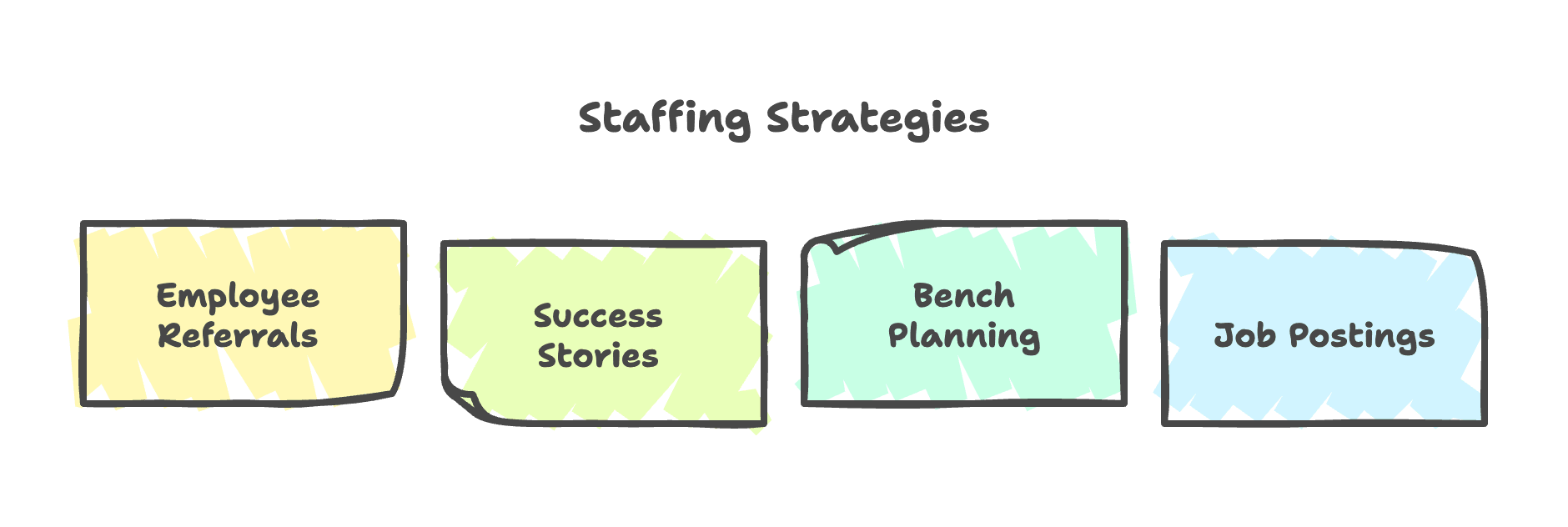
The Best Staffing Strategies For Your Business
A simple online search about the best staffing strategies will show you plenty of websites with list upon list of the best strategies. However, not all of these are ideal.
In this section, we discuss the most effective staffing strategies for bridging the gap between your business’s goals and the talent it needs to achieve them.
1. Capitalize on Employee Referrals
The first strategy that can help meet demands in a competitive marketplace is to capitalize on employee referrals.
The people working within your organization have all the information about how it functions, its goals, the company culture, and much more. This makes them the ideal resource to tap into if you’re looking for some fresh blood at the workplace.
Several organizations today have implemented an employee referral system that offers existing employees some form of compensation, ideally monetary, should they recommend an individual who the company then decides to hire.
However, some still don’t have such a system in place and are missing out on candidates who already understand your organization’s needs and goals.
According to recent statistics, employee referrals account for 30-50% of all new hires. This shows the power of employee referrals, especially in a market with a dearth of talent.
While staffing services, for example, are also a credible source of hiring good talent, employee referrals tend to be cheaper overall.
2. Use Success Stories to Attract a Motivated Workforce
Businesses often mention how they go above and beyond to meet their clients’ expectations and make a mark in their respective sectors. However, these claims often lack proof, which can be the difference between an organization being shortlisted or dismissed by an applicant.
A business that includes proof in the form of success stories and statistics about how their work contributed to their client’s growth or that of their industry, in general, is more likely to attract a motivated candidate.
This is because employees are increasingly looking for work that stimulates them and makes them feel like they’re a part of something meaningful. As a result, a business that’s likely to include proof of how its services have had a meaningful impact is more likely to receive applications from high-quality talent.
3. Consider Bench Planning as a Viable Growth Strategy
As mentioned earlier, GenZ and millennial employees have changed the trends that dominated the working class in the past. They are likelier to prefer work that offers a good work-life balance, upward mobility, and fulfilling and meaningful work.
This is why businesses must consider bench planning as a viable strategy during their growth phase. Bench planning refers to a structure of promotions that relies on looking within the organization to fill in vacancies at senior positions.
However, statistics show that only 35% of organizations have a concrete bench or succession planning procedure in place. This shows how underutilized bench planning is when it comes to filling critical roles.
Be it the head of a department or any such senior position, an organization that’s more likely to fill this role internally rather than hire someone new will instill greater confidence in their existing employees and those who are looking to join it.
This is because employees are more likely to be confident that their efforts will be rewarded with appropriate promotions whenever applicable, motivating them to deliver their best regarding the quality of their work.
Additionally, hiring an agency that offers complete staffing services can be beneficial for any organization looking to hire candidates for the long term.
4. Optimize Your Job Postings
The last, but also among the most important strategies, is to optimize your job postings and make them as detailed as you can. Gone are the days when businesses could settle for simply listing vacancies on their websites and getting away with it.
Today, your business won’t get discovered if your Careers page doesn’t reach the right people.
For instance, given that most job searches begin on Google, Google’s Job Search tool can be a great way to get your postings noticed by the best talent.
Additionally, you could edit the HTML code of your job descriptions so that Google knows they are job postings when it crawls your page. Lastly, ensuring aspects like a 2-3% keyword density, refreshing job posts every 30 days or so, and including bulleted lists can make a considerable difference.
Other strategies include targeting the right set of keywords to ensure your job postings rank as high as possible on Google. Yes, keyword research is essential for both blog posts, landing pages, and job postings.
However, if all this sounds like a lot to do internally, you could also rely on third-party staffing solutions to connect you to the right candidates for specific roles.
These agencies offer recruitment solutions based on your specific needs and match them with the various profiles in their database to match you with the best candidates for your organization.
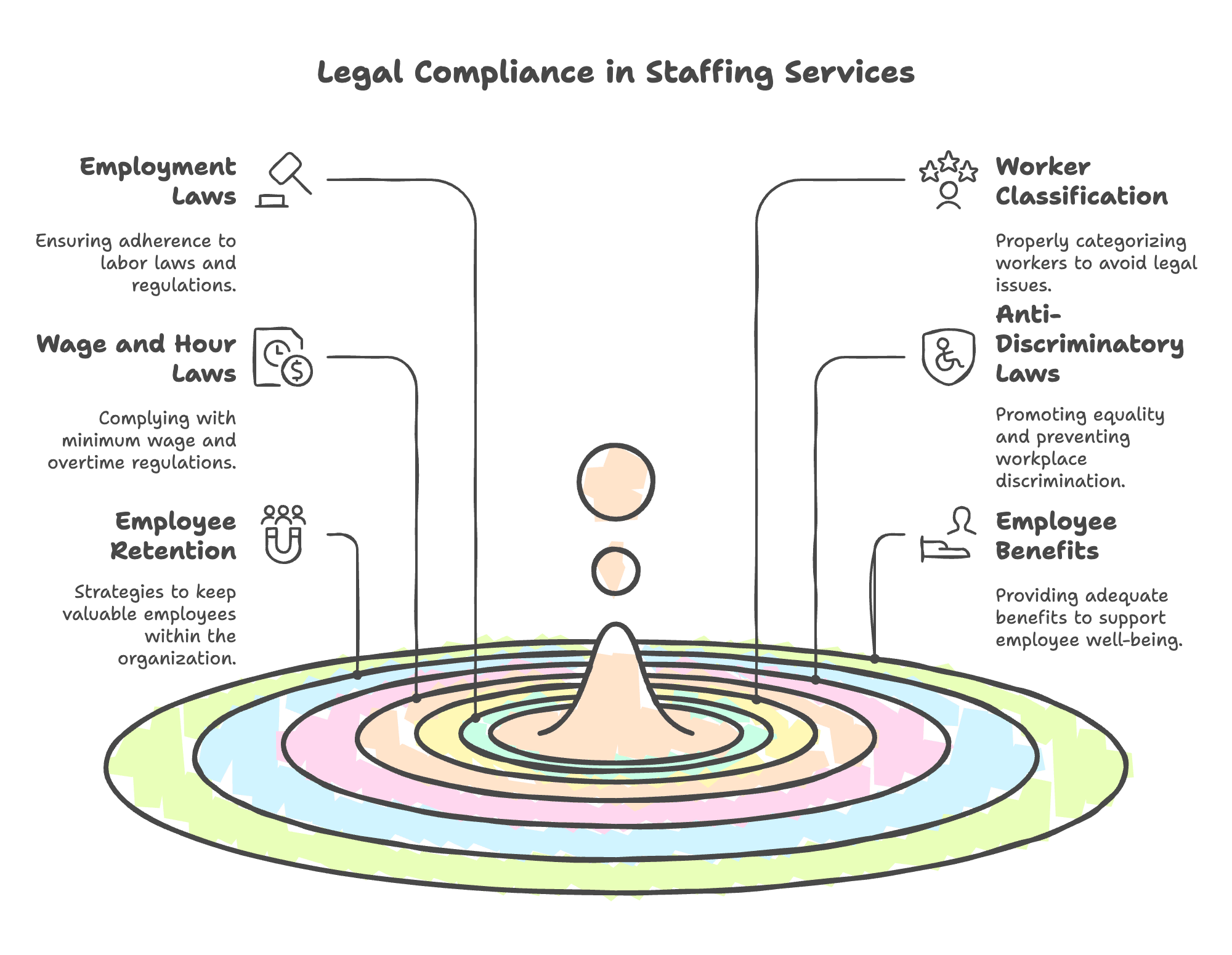
What are the Key Areas of Legal Compliance in Staffing Services?
Legal compliance in staffing services ensures that all operations and activities adhere to relevant laws and regulations governing labor, employment, and recruitment.
Here are some key areas of legal compliance in staffing services:
1. Employment Laws and Regulations
Employment laws serve as an important framework governing the relationship between employers and employees, ensuring fair treatment and safeguarding workers’ rights within the workplace.
These regulations include minimum wage and overtime pay requirements, anti-discrimination measures, and family and medical leave provisions.
Familiarize yourself with various state and federal laws, such as the Fair Labor Standards Act (FLSA), the Americans with Disabilities Act (ADA), the Occupational Safety and Health Act (OSHA), and the Family and Medical Leave Act (FMLA). Compliance with these laws is crucial for employees to maintain a lawful and equitable workplace environment that fosters inclusivity and mitigates legal risks.
2. Classification of Workers
Worker classification categorizes individuals engaged in activities as workers or independent contractors.
This classification is essential as it delineates the nature of the working relationship, entitlements, obligations, tax responsibilities, and the legal considerations associated with each status.
3. Wage and Hour Laws Compliance
Wage and hour laws refer to regulations governing employee compensation and working hours.
These laws set standards for minimum wage, overtime pay, and other employment-related aspects. Complying with these regulations includes calculating and paying wages, overtime hours worked, and break meal periods.
Failure to comply with these regulations can result in legal penalties and potential lawsuits. Therefore, businesses must stay updated with the rules and regulations and maintain meticulous records to comply with the laws.
4. Anti-Discriminatory Laws in the Workplace
Anti-discrimination laws are legislative measures that aim to foster inclusivity and fairness in the workplace by prohibiting discriminatory practices based on race, gender, religion, disability, age, sexual orientation, and other such factors.
These laws mandate equal treatment of all individuals in employment-related matters, including recruitment, hiring, promotion, compensation, and termination. Compliance with these laws is essential for employers during recruitment to maintain ethical standards and prevent legal consequences.
Adhering to legal requirements streamlines business operations by providing clear guidelines and standards. It increases operational efficiency and improves overall productivity.
5. Employee Retention
Health and safety compliance encompasses adhering to regulations and standards to ensure a healthy work environment for employees.
This also includes implementing measures to prevent workplace hazards and providing all the necessary equipment and training required to do the job safely.
Compliance with health and safety regulations is essential to safeguarding employees from harm, mitigating the risks of accidents and injuries, and upholding ethical and legal obligations. It also demonstrates a commitment to employee well-being and fosters a safety culture within the organization.
6. Adequate Employee Benefits
As a staffing agency, you must comply with employee benefits laws. These include workers’ compensation, unemployment insurance, and health insurance under the Affordable Care Act (ACA). Failure to comply can lead to legal repercussions.
This creates a positive work environment based on fairness, transparency, and respect for employee rights. It contributes to higher employee satisfaction and reduces turnover costs.
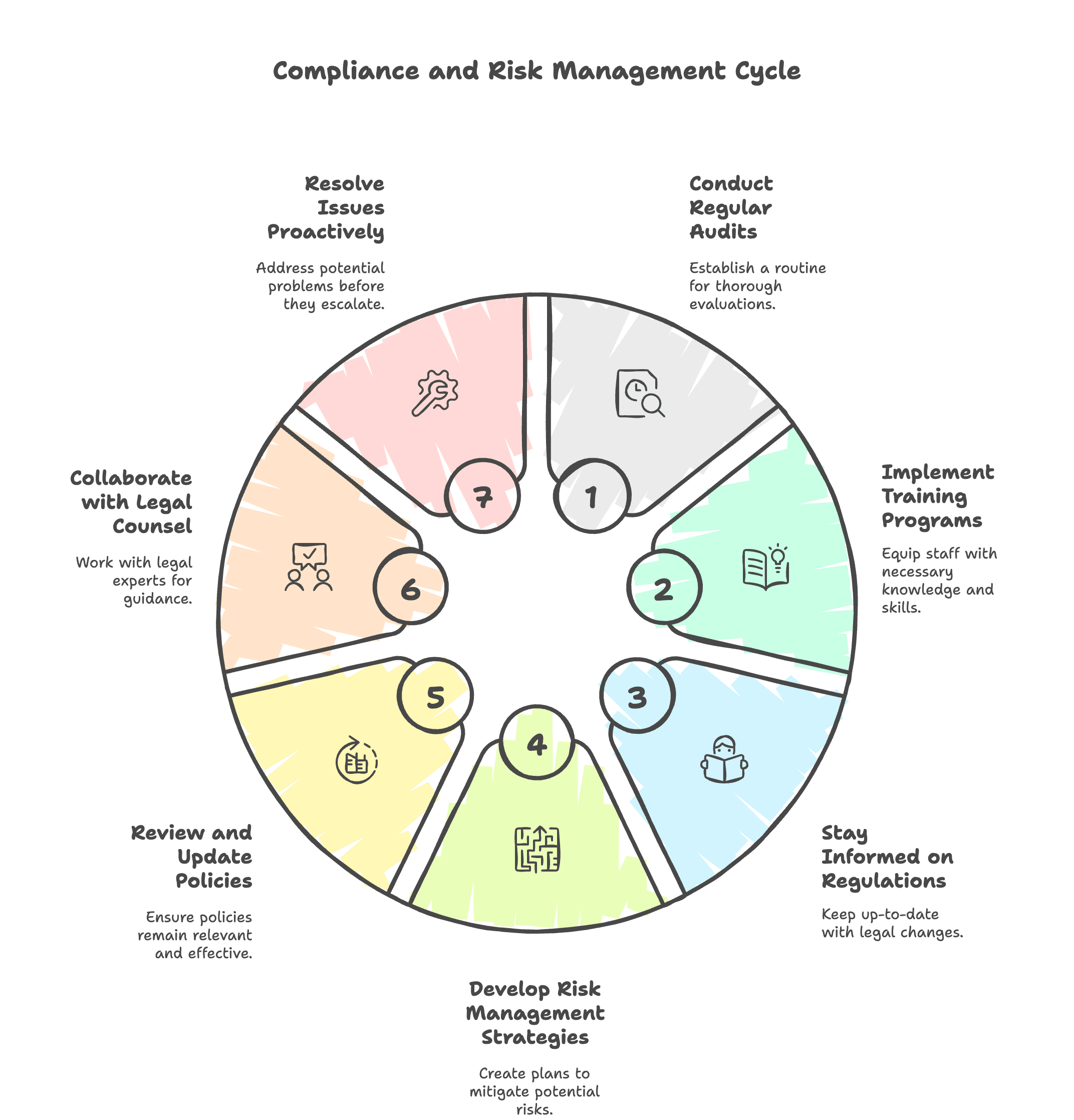
Mitigating Risks and Ensuring Compliance
By implementing proactive measures and best practices, staffing agencies can navigate the complex legal landscape effectively.
Given below are some actionable points to uphold the above-mentioned legal considerations seamlessly:
1. Regular Audits
Conducting regular audits of policies, procedures, and records to identify areas of non-compliance and address them promptly.
You should ensure thorough documentation of these audits and any corrective actions taken, demonstrating a commitment to compliance and risk management.
2. Training Programs
Invest in comprehensive staff training programs to ensure adherence to legal rules and regulations. Provide specialized staff training in areas such as recruitment, background checks, and contract management to enhance staff understanding of compliance requirements specific to their roles.
3. Stay Informed
Staying up-to-date with laws and regulations through continuous educational and professional development initiatives can help mitigate risks. This way, you can ensure that your organization remains proactive in adapting to changes in the legal landscape.
4. Risk Management Strategies
Implement robust risk management strategies to identify, assess, and mitigate risks associated with legal compliance.
5. Policy Review and Update
Regularly review policies and procedures to ensure they align with evolving legal requirements and industrial standards. Also, you can engage legal experts to conduct periodic reviews and provide guidance on compliance matters.
6. Collaborate with Legal Counsel
Collaborate with legal counsel and other associations to gain guidance on complex matters related to staffing services.
7. Proactive Issue Resolution
Address any compliance issue raised by employees, clients, or regulatory standards proactively to maintain transparency and integrity in operations. Also, processes should be implemented to investigate and promptly resolve compliance issues as they arise.
Impact of Staffing Efficiency on the Staff
An easy and efficient staffing process can significantly impact the staff members, the hiring manager, and other human resource department employees. It can enhance their job satisfaction, productivity, and overall well-being. Through a well-managed and streamlined staffing process, each employee will be carefully matched to their job profile, aligning with the organization’s goals and objectives.
Some other advantages of an efficient staffing process are continual opportunities for personal and professional growth, increased retention, increased revenue, a positive work environment, smooth communication and collaboration, heightened employee engagement, and more.
Wrapping Up
Hiring the right candidates for your organization is a time-consuming process that involves various elements. Whether optimizing your job postings or implementing an employee referral program, ensuring diverse staffing of high quality requires work.
However, this can often be challenging for smaller organizations that lack the resources to carry out the hiring process themselves. Comprehensive staffing solutions or a staffing company can play a key role by matching organizations to the right candidates based on their requirements and portfolios.
Agile staffing solutions also help organizations save precious time on other crucial operations.
Once you hire the right candidates, they must also be trained to ensure they can take on their roles with all the information they need. With Hurix Digital’s Training Solutions, organizations can offer their employees the most intuitive and user-friendly training solutions to give them the tools they need to achieve their goals. Reach out to us today to find out more!

Currently serving as the Vice President of Technology Delivery Operations at HurixDigital, a prominent global provider of digital content and technology solutions for publishers, corporations, and educational institutions. With over 16 years of experience spanning EdTech and various domains, I hold certification as a SCRUM Product Owner (CSPO). My expertise includes operations, finance, and adept people management skills.
